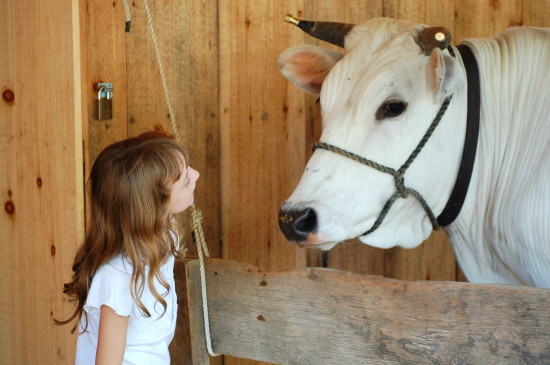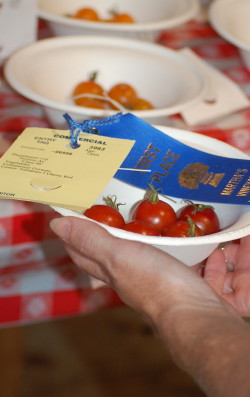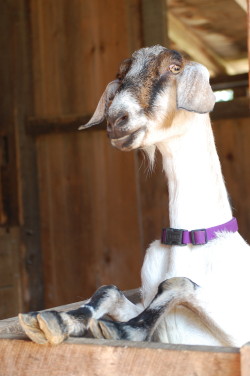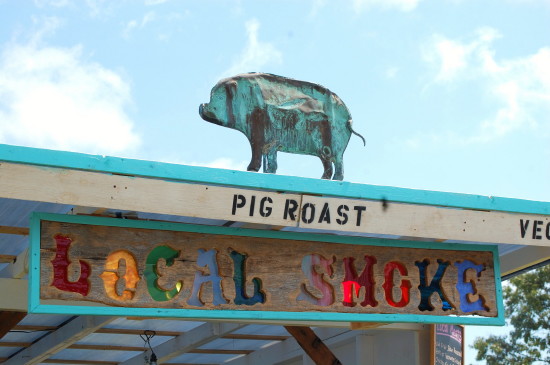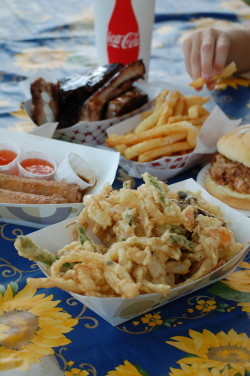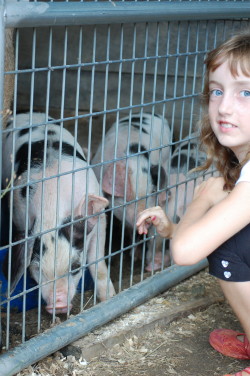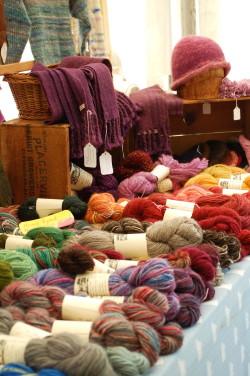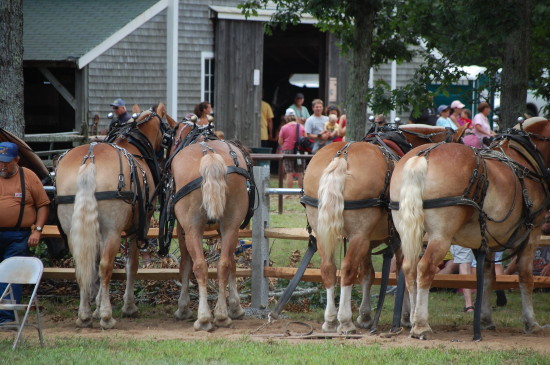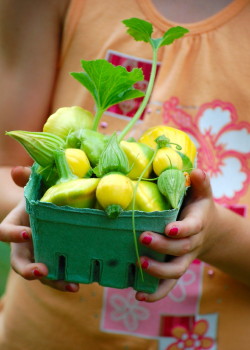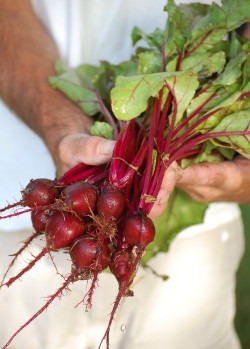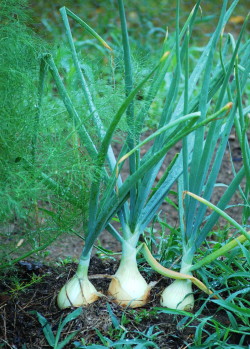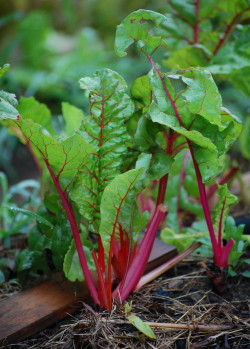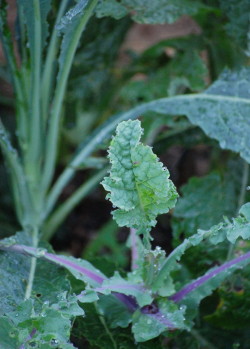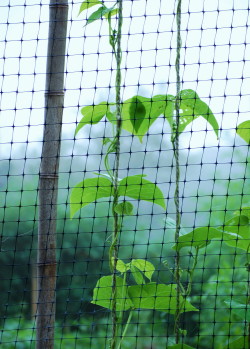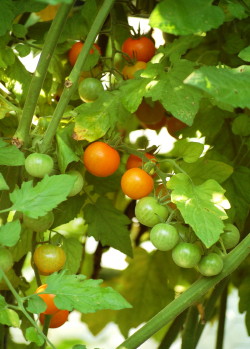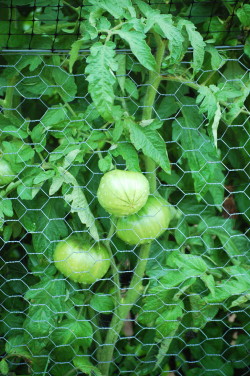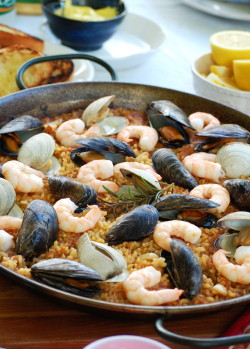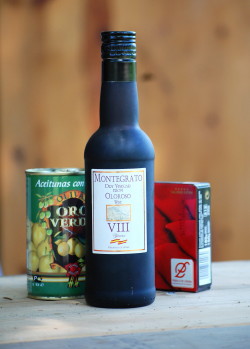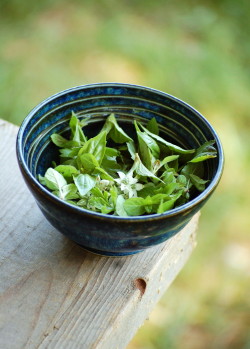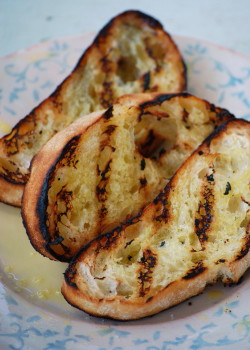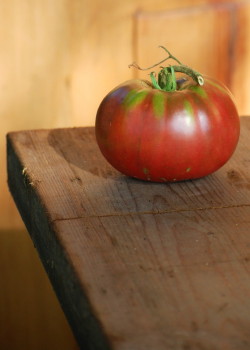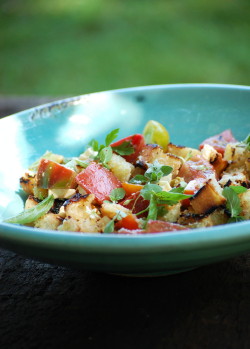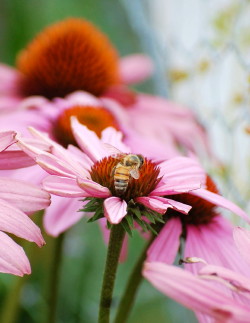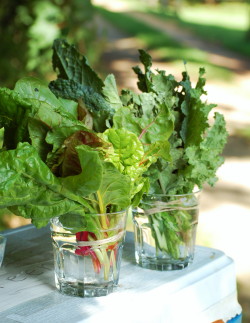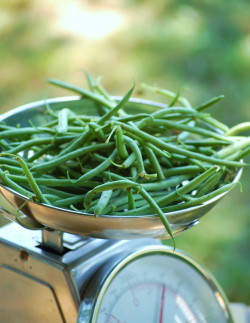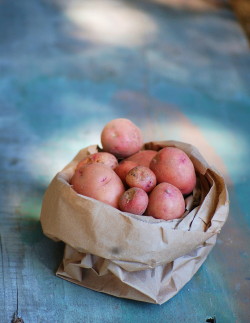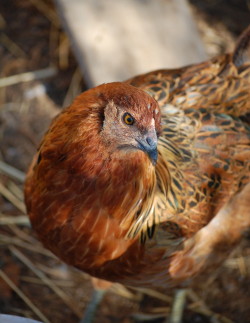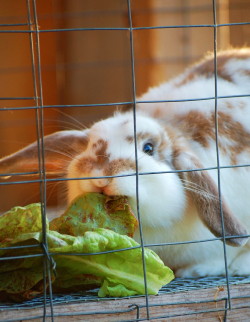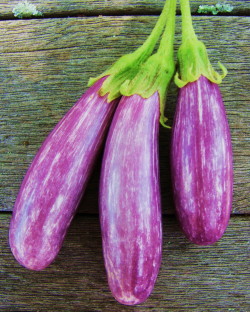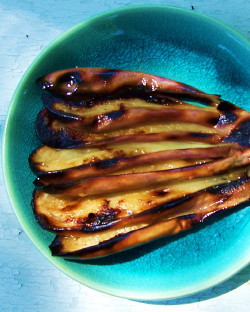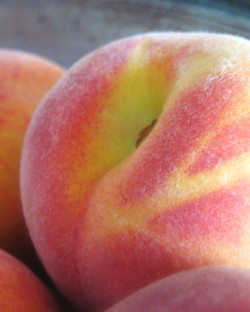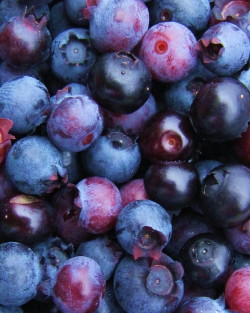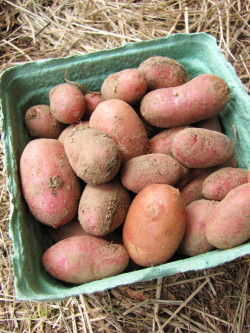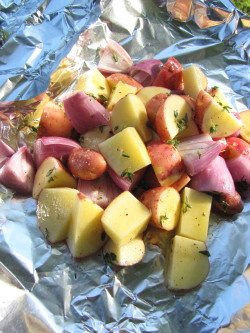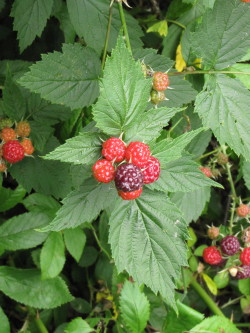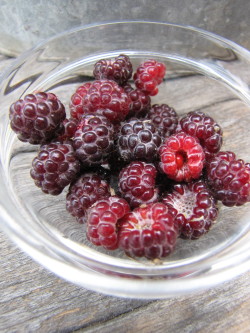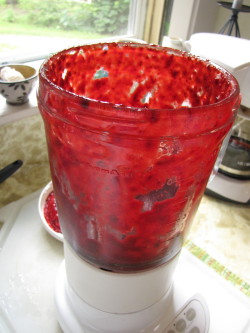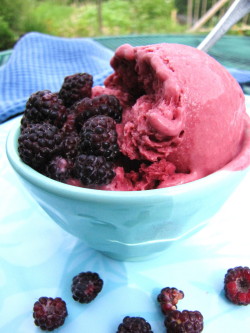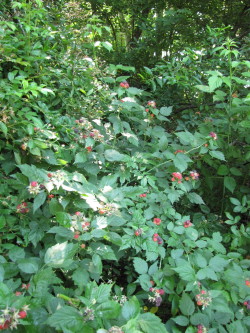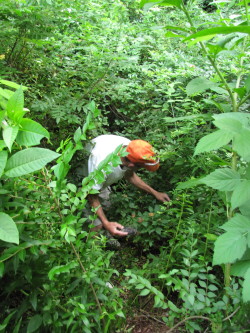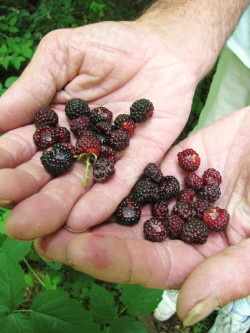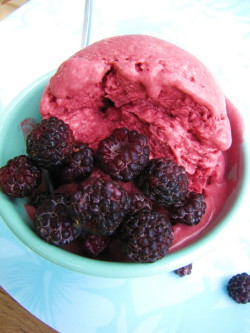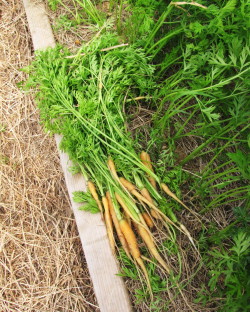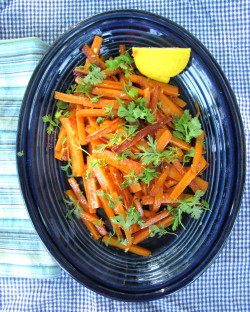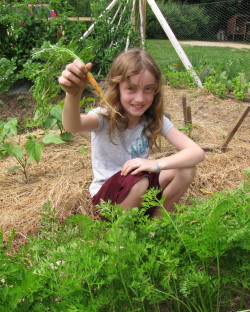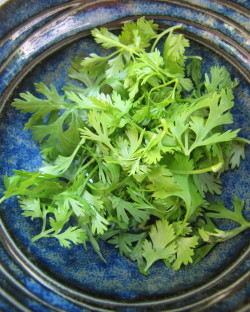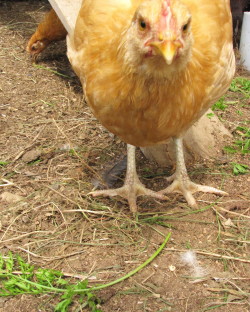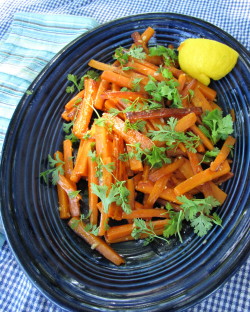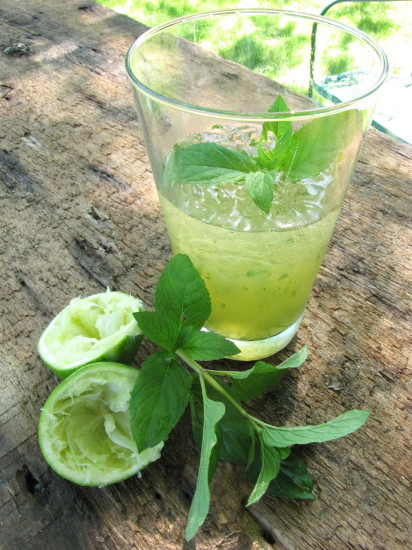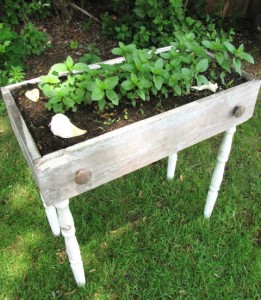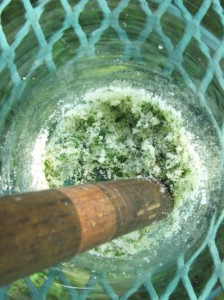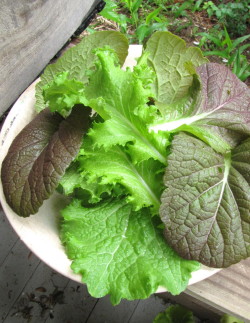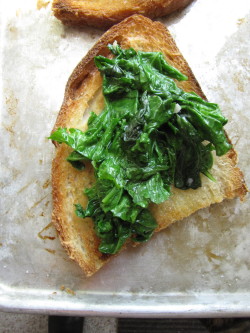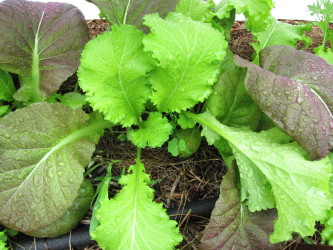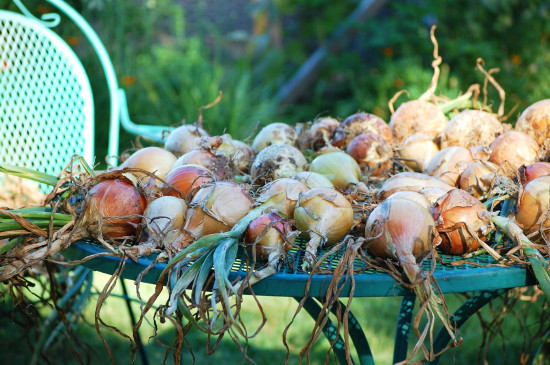
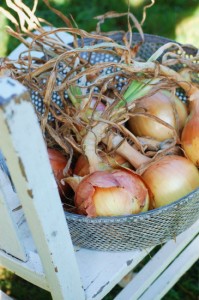 Fortunately, we did not have to move the hens into the mudroom during the hurricane.
Fortunately, we did not have to move the hens into the mudroom during the hurricane.
Aside from the obvious drawbacks to this plan, there simply wouldn’t have been room, what with the hundreds of tomatoes and the 50 pounds of onions hanging around. With the storm coming, we did harvest just a wee bit more than we normally would have. But even on an ordinary day, the house is overrun with vegetables for the farm stand at this point.
As it turns out, moving the hens anywhere away from their coop might have been particularly upsetting just about now. They’ve been clucking like crazy lately and we thought maybe it was the change in barometric pressure. Apparently, it’s pressure of a whole different sort that’s bothering them, because we found our first egg on Wednesday morning. We’re very proud of the mama (whoever she is), because she got pretty close to the nesting box. We found the little brown egg lying in the hay in a dark corner of the coop. Yesterday, our hen-whisperer friend Katherine gave us some fake eggs to put in the nesting boxes, so hopefully the next mama will actually lay in one of the boxes. We thought for sure the first layer must be Sugar (below), who’s been making the loudest fuss lately. But since she’s our only Aracauna, and they are supposed to lay blue or green eggs, it wasn’t her. She must still be working on her first. Probably it was Martha, who’s all-business and, after all, Chief Hen. I can see her dropping her first egg like it’s no big deal.
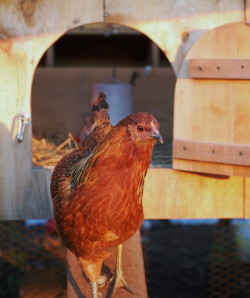 We feel really lucky that the animals and the vegetables got through Hurricane Irene unscathed. I am a little worried though that we are due to get nailed at some point. (A farm stand customer just stopped in to tell me that another tropical storm is headed our way next week.) Because for some reason, the Island just hasn’t been in the path of the worst of this year’s storms—from the bad snows this winter to the recent deluge that soaked the rest of New England.
We feel really lucky that the animals and the vegetables got through Hurricane Irene unscathed. I am a little worried though that we are due to get nailed at some point. (A farm stand customer just stopped in to tell me that another tropical storm is headed our way next week.) Because for some reason, the Island just hasn’t been in the path of the worst of this year’s storms—from the bad snows this winter to the recent deluge that soaked the rest of New England.
There is something delicious about this post-hurricane weather, though. Crystal blue days and piercing late summer sunshine are giving me just the window I need to get the garden beds replanted (more arugula, turnips, lettuce, and bok choy) for the next two months of Indian summer we get out there, thanks to the warm ocean air. It’s also the perfect weather for drying out those 50 pounds of onions. At one point during the storm, they were in my office—on top of and underneath my desk. I didn’t mind so much as I am totally tickled by how great they came out. They were easy to grow and over the last several weeks, they bulbed up into bodacious plump beauties. This week I’ve had them outside during the sunlight hours to finish the drying process. (Top photos.) The stems need to wither from perky green to brittle brown, and a few nice layers of golden onion skin will assure they keep for many months. (Final destination: the barn. See photo at bottom.)
The whole idea behind the onions was to supply my kitchen for the winter (and not to sell them at the farm stand). But I’ve lost a dozen or so already to begging farm stand customers who’ve seen them in the yard spread out everywhere over tables and chairs. Who’d have thought people would want to buy onions at a farm stand? But then again, I had no idea how beautiful the harvest would be. These are some of the best things about tending the farmette—the little surprises, like a freshly laid egg or a beautiful heap of onions. (I’ve been snapping shots of my turnips and fennel, too. I can’t get over how gorgeous they are straight out of the ground, with all their greens and roots attached. So different from the grocery store.)
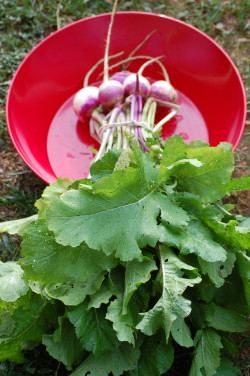
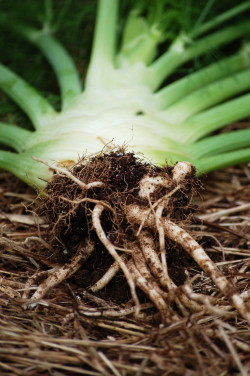 People ask me what I’m going to do with all those onions, and I just smile. I use onions in everything. We’ve already been grilling them (last night for fajitas), including them in roasted and slow-sautéed veggies (with those turnips and some of our carrots and potatoes, too), and this weekend I hope to make one my summer gratins or “tians” with our tomatoes and zucchini. If you’ve never made one of these summer gratins, you simply must. Everyone loves them. If you’ve got a copy of Fast, Fresh & Green (and if you don’t, ahem!, you should), turn to p. 201 and make the Summer Vegetable and Tomato Tian with Parmesan Bread Crumbs. Or, you can find one of my very first tian recipes over at finecooking.com. Next up for the onions and fennel and tomatoes and kale: Hurricane Soup!
People ask me what I’m going to do with all those onions, and I just smile. I use onions in everything. We’ve already been grilling them (last night for fajitas), including them in roasted and slow-sautéed veggies (with those turnips and some of our carrots and potatoes, too), and this weekend I hope to make one my summer gratins or “tians” with our tomatoes and zucchini. If you’ve never made one of these summer gratins, you simply must. Everyone loves them. If you’ve got a copy of Fast, Fresh & Green (and if you don’t, ahem!, you should), turn to p. 201 and make the Summer Vegetable and Tomato Tian with Parmesan Bread Crumbs. Or, you can find one of my very first tian recipes over at finecooking.com. Next up for the onions and fennel and tomatoes and kale: Hurricane Soup!


